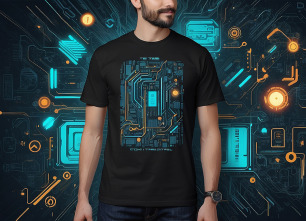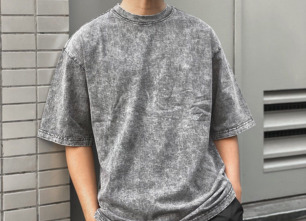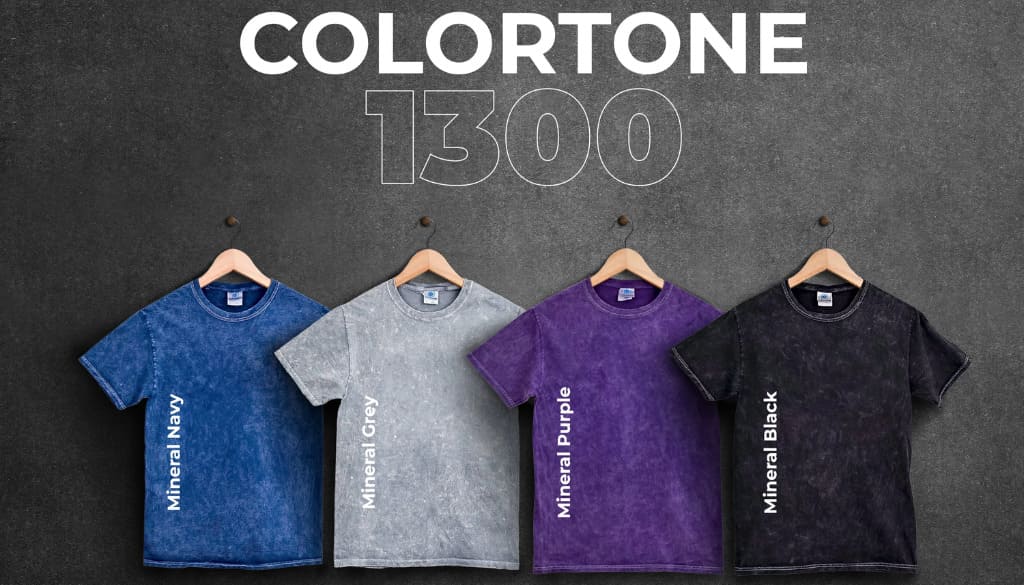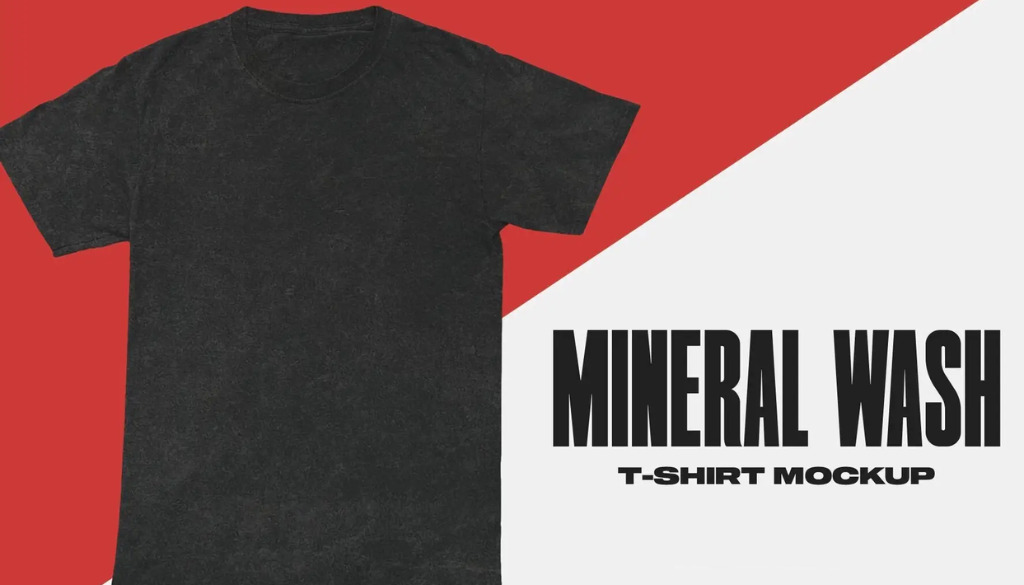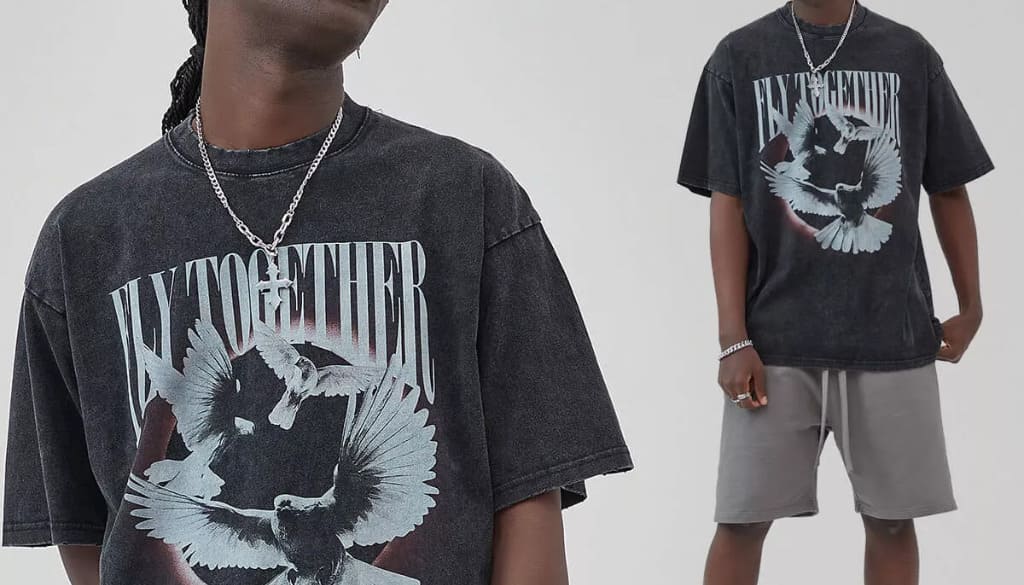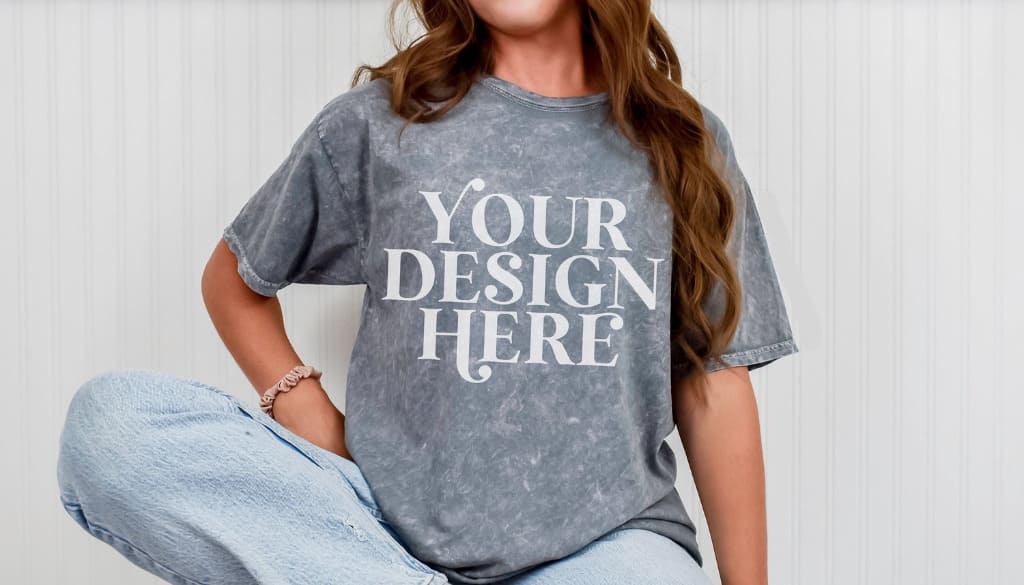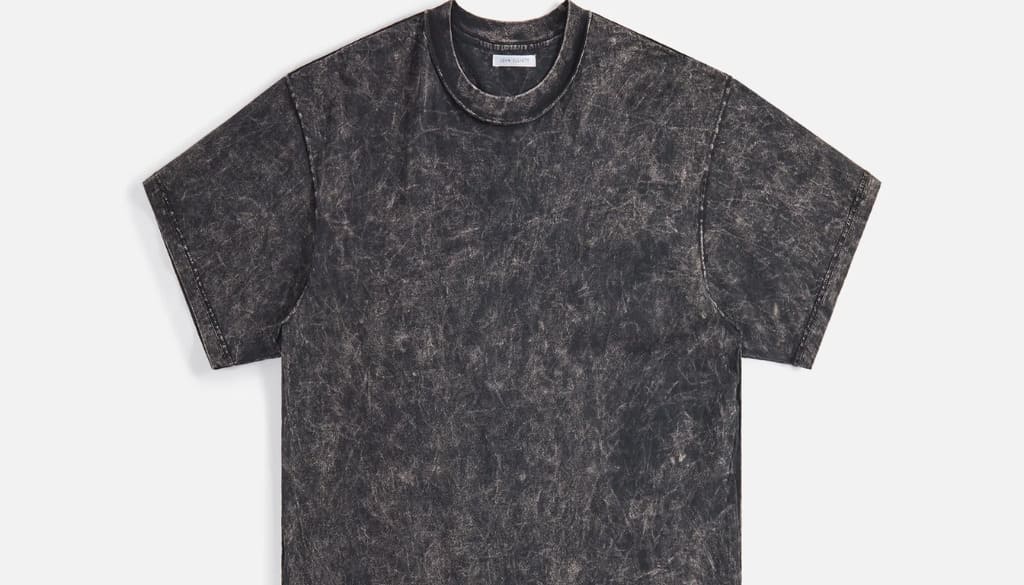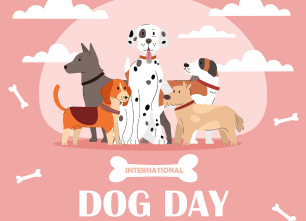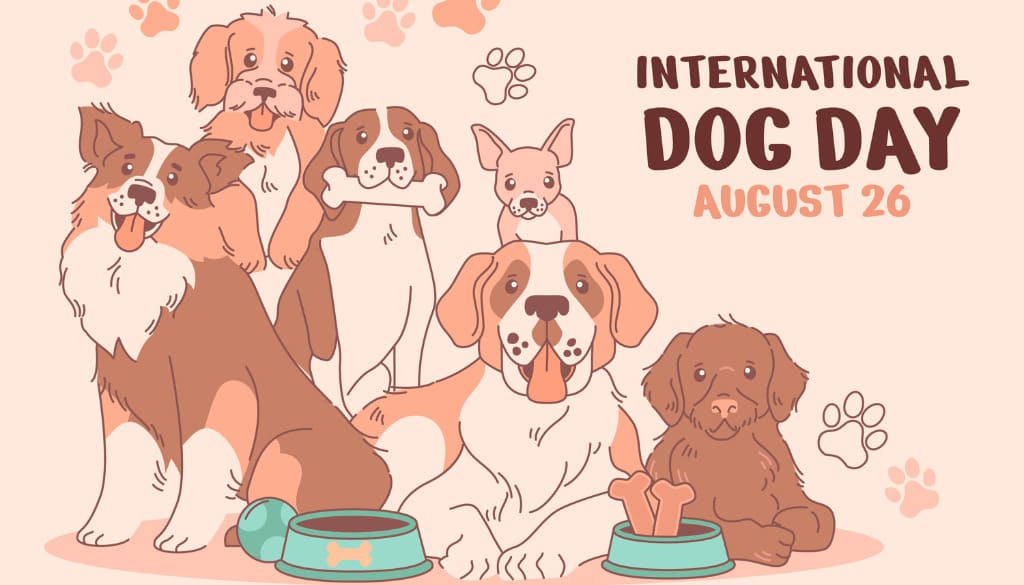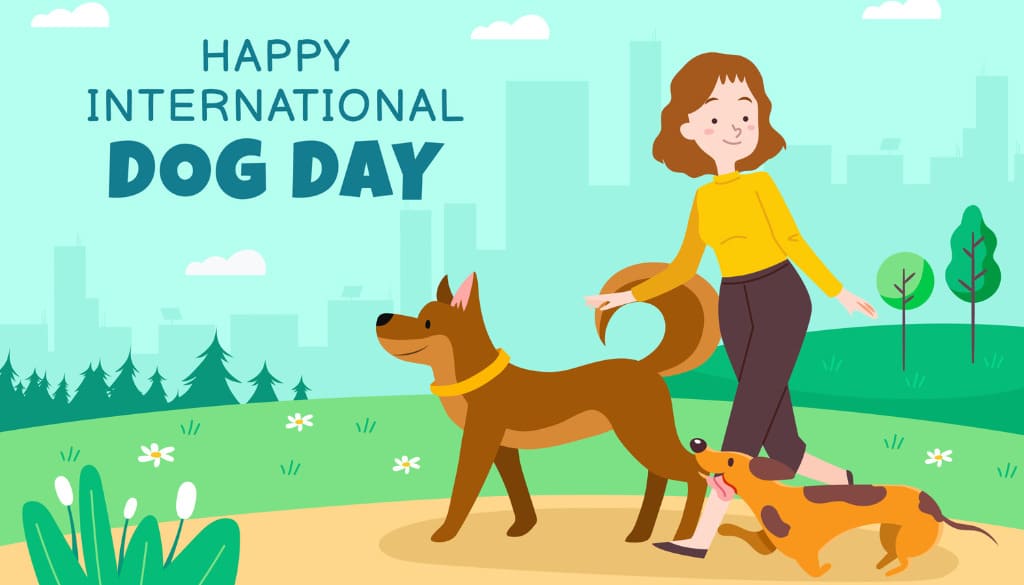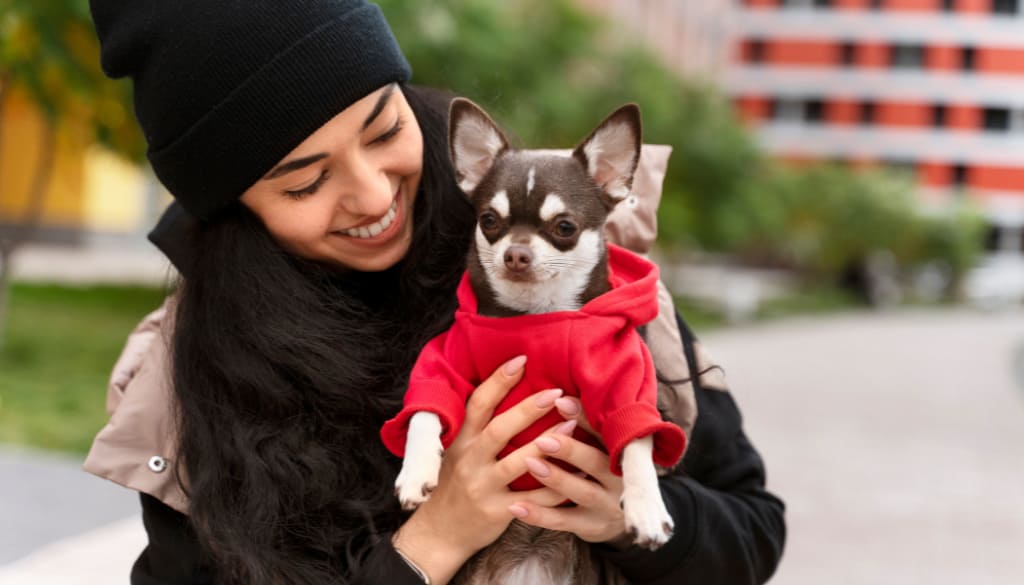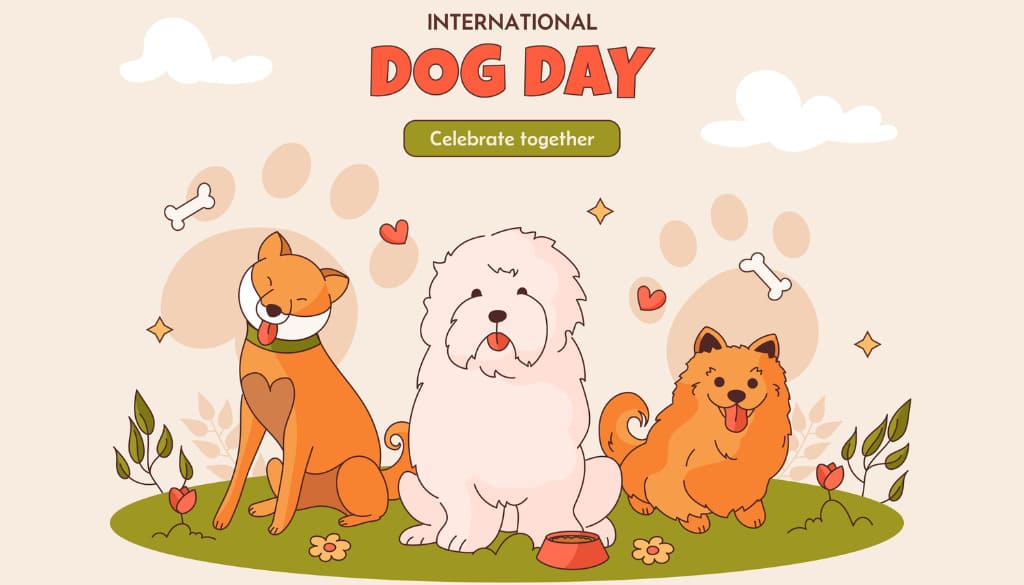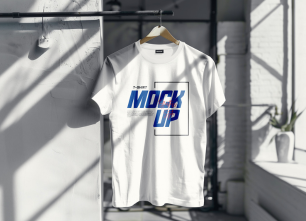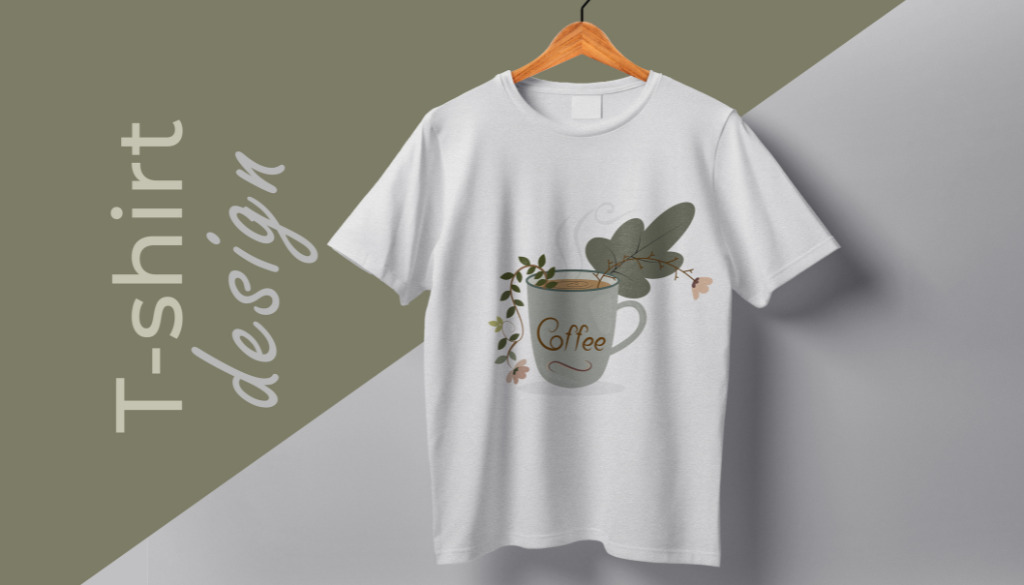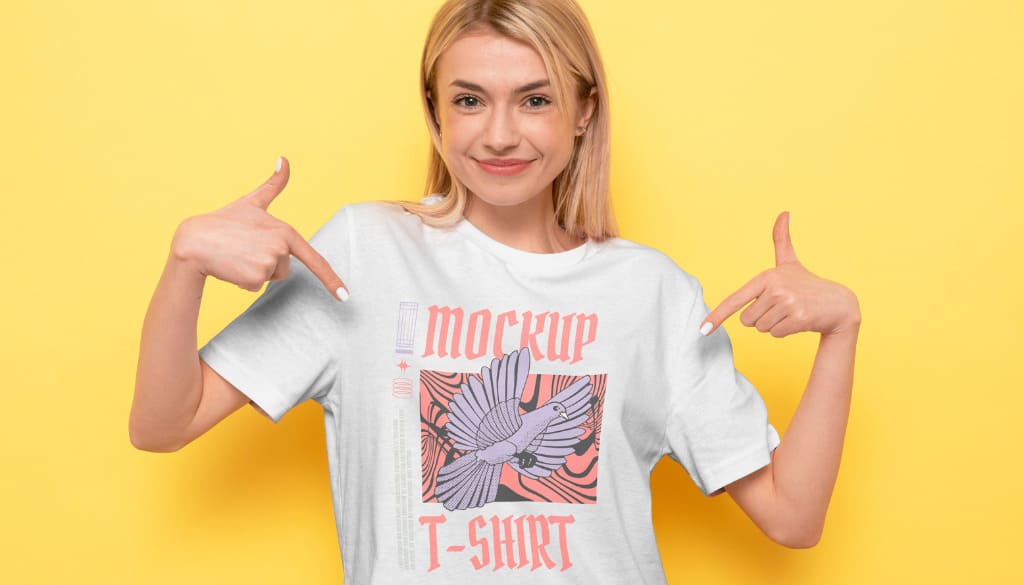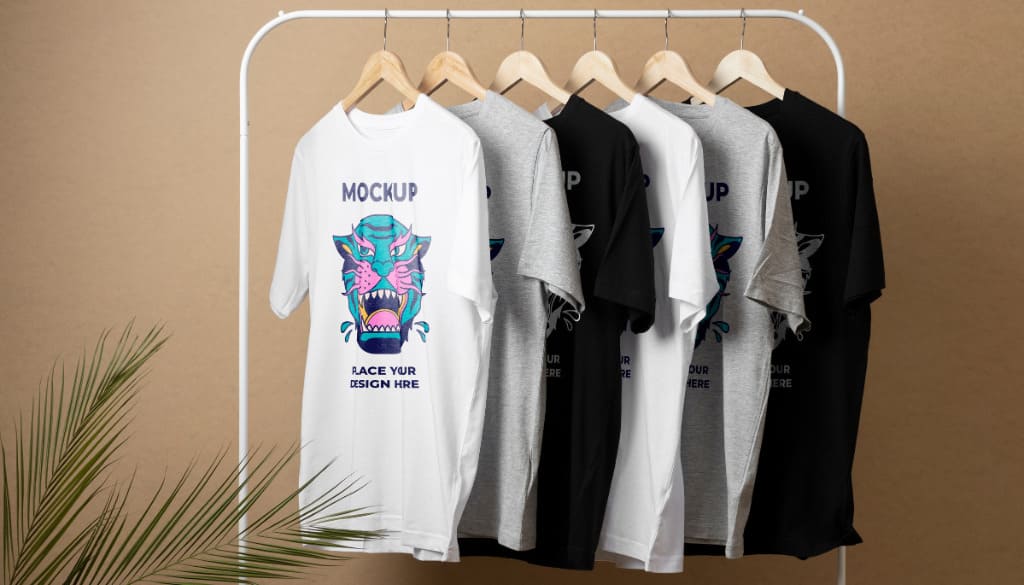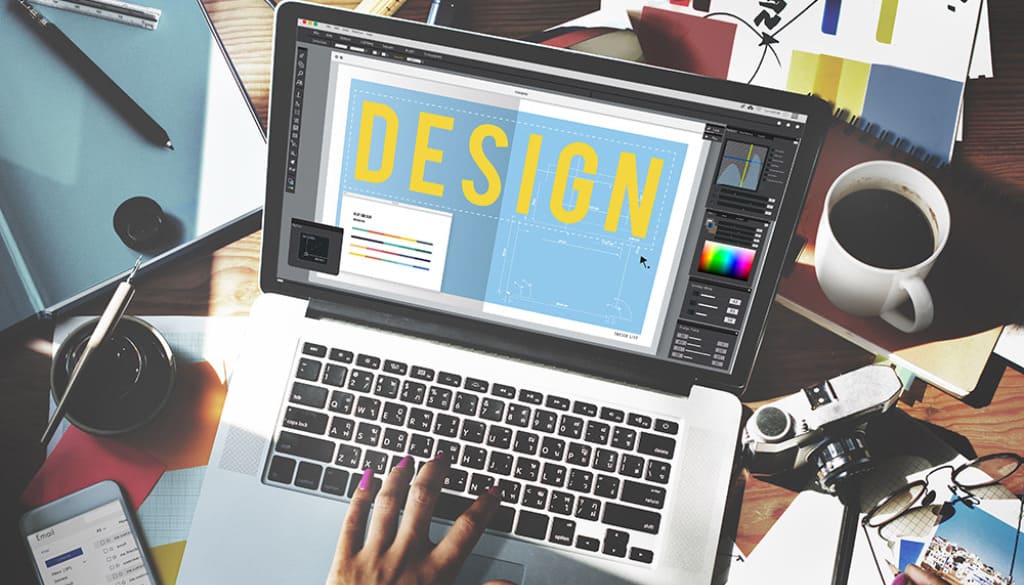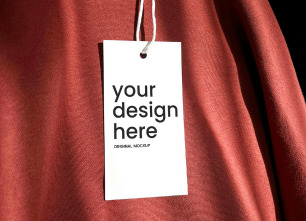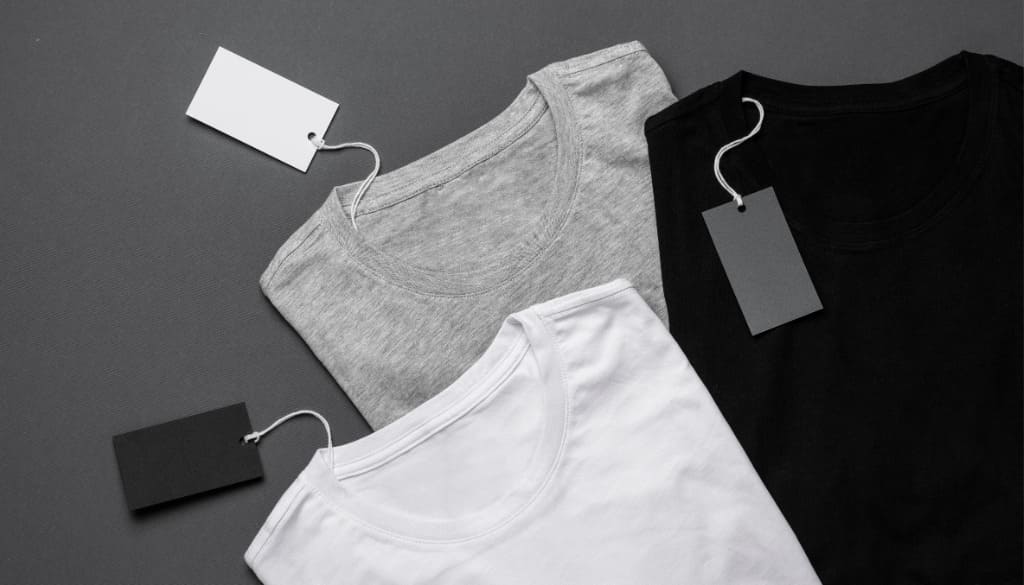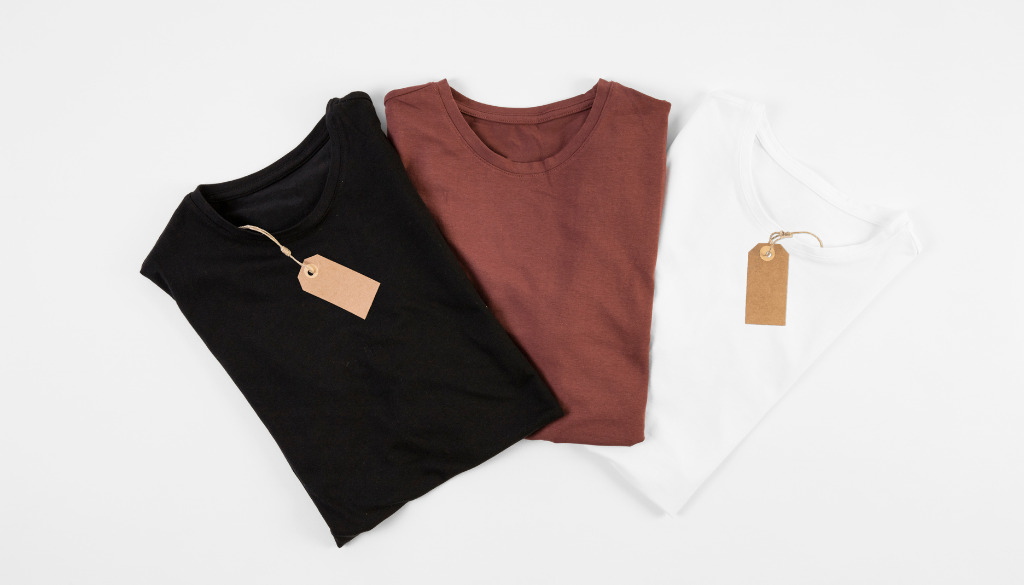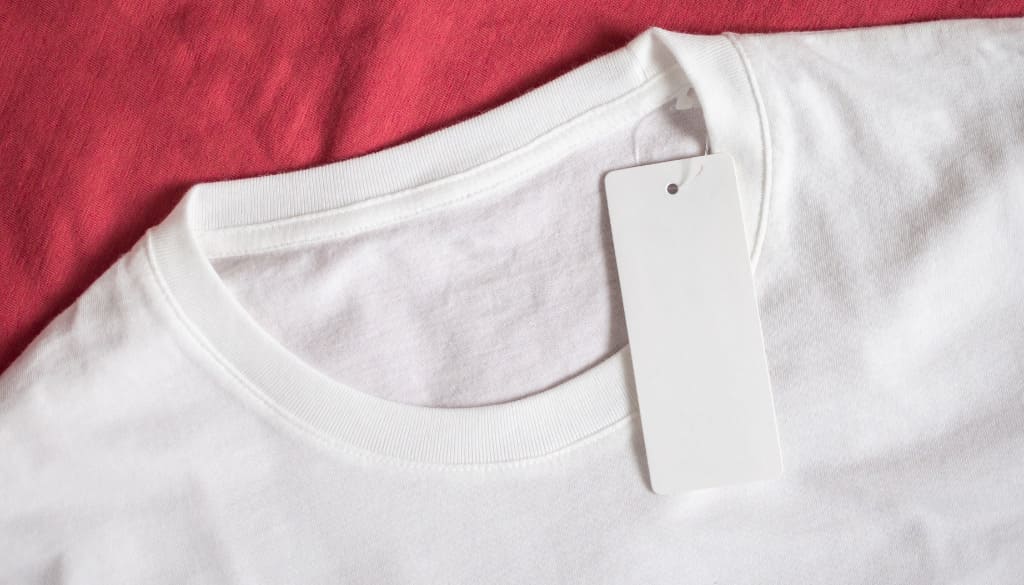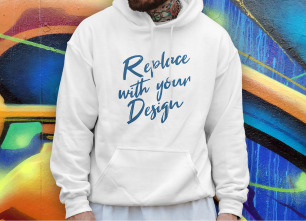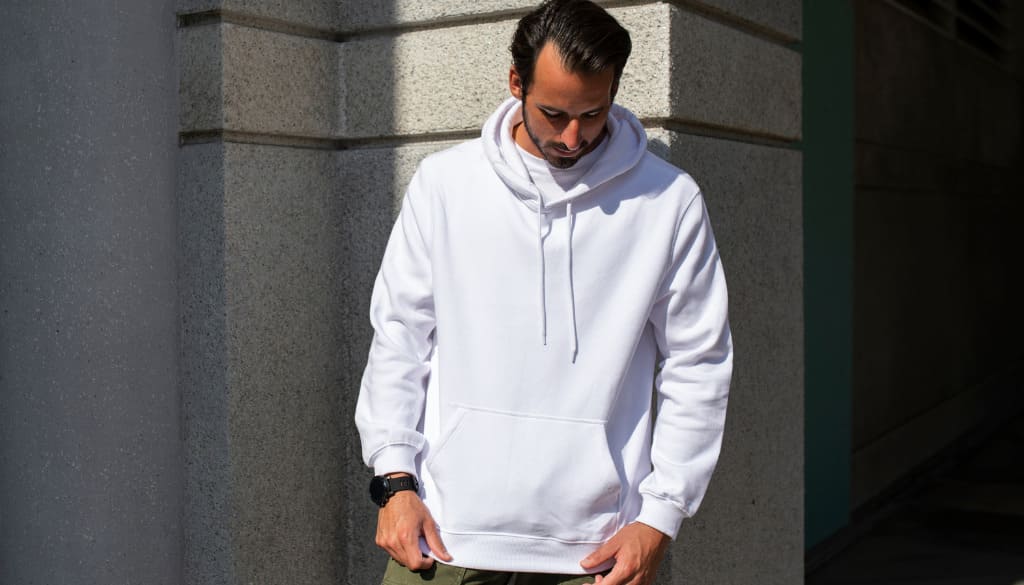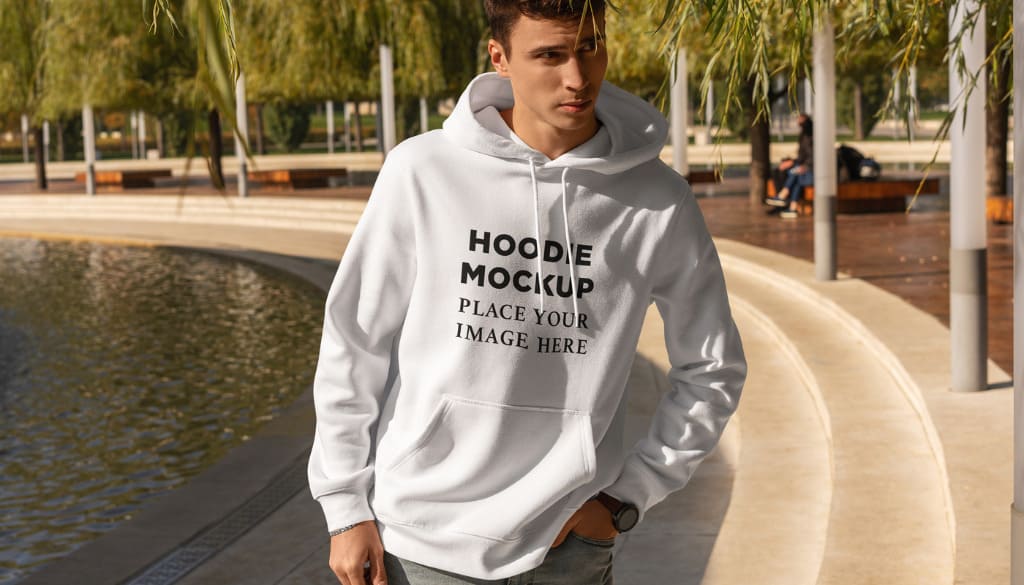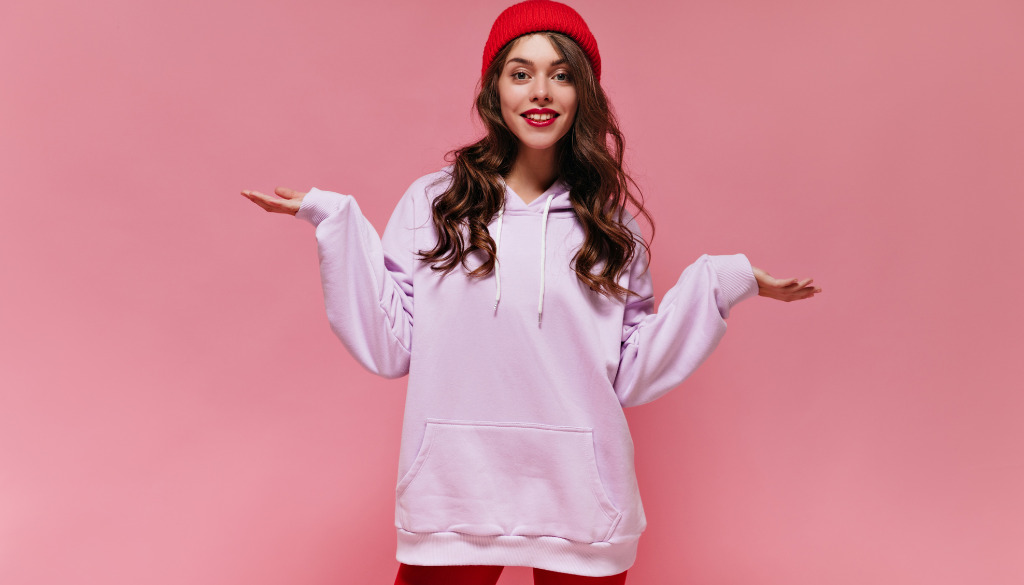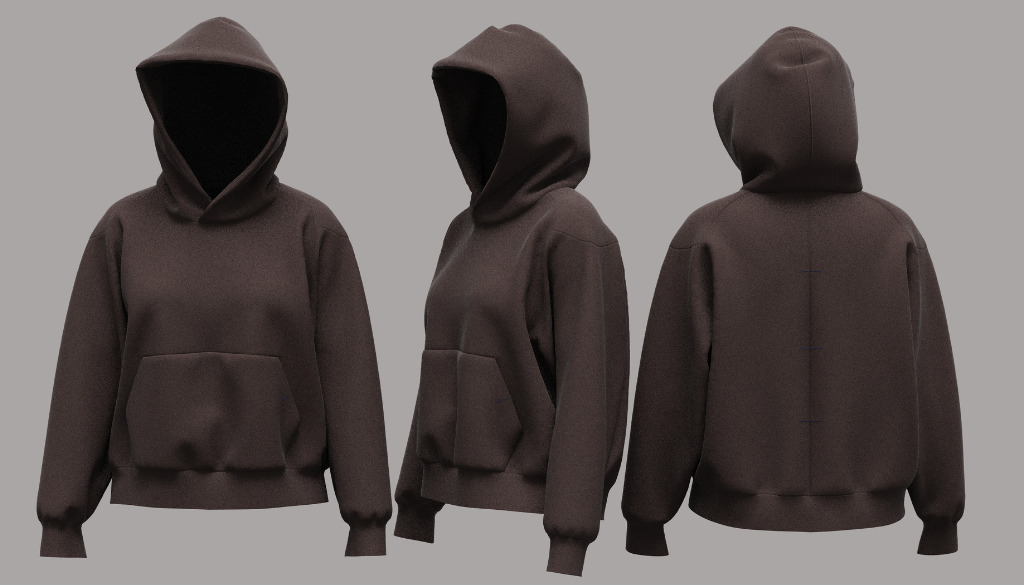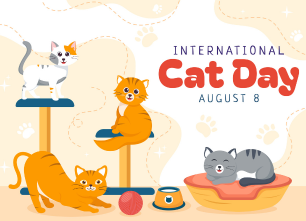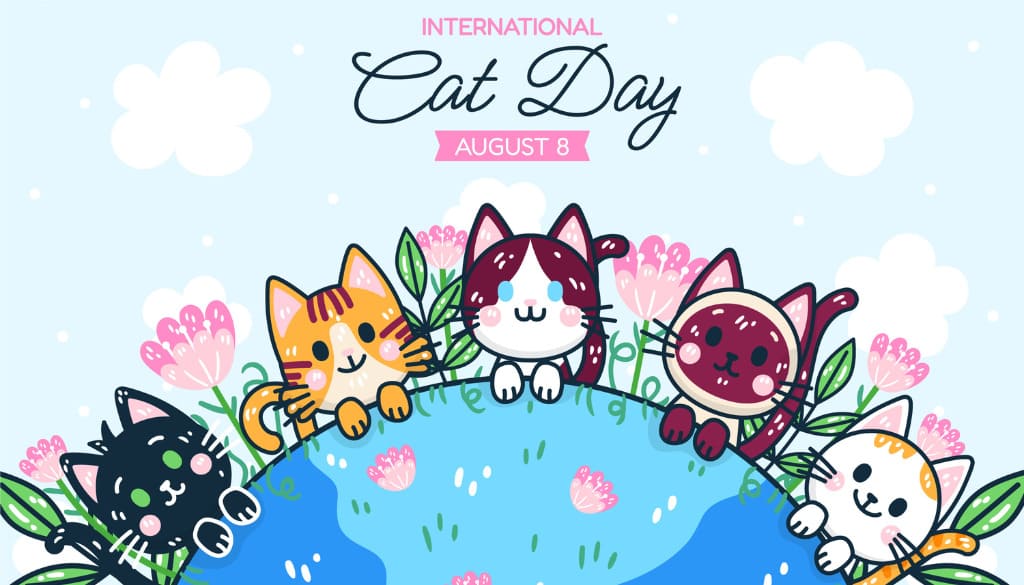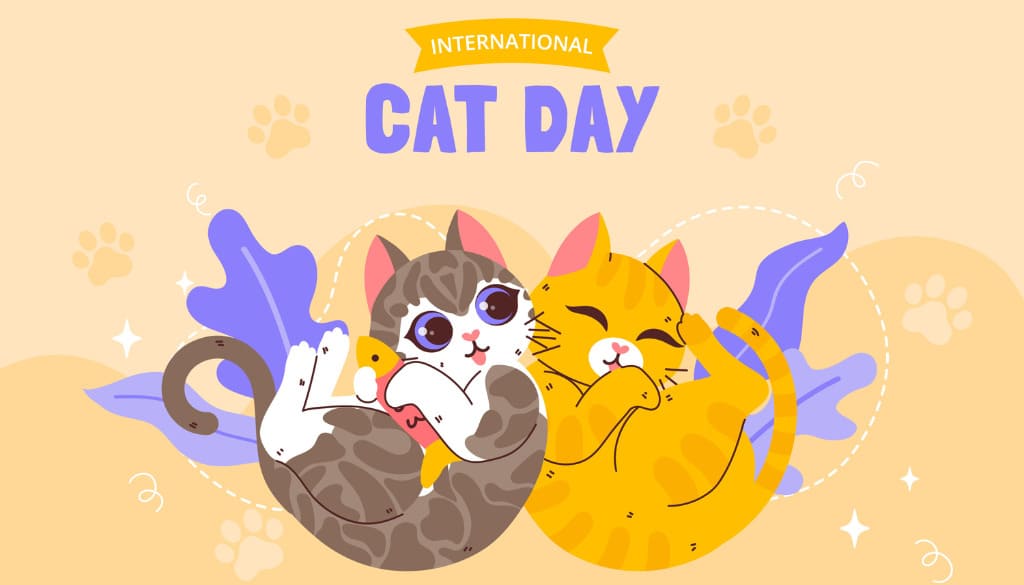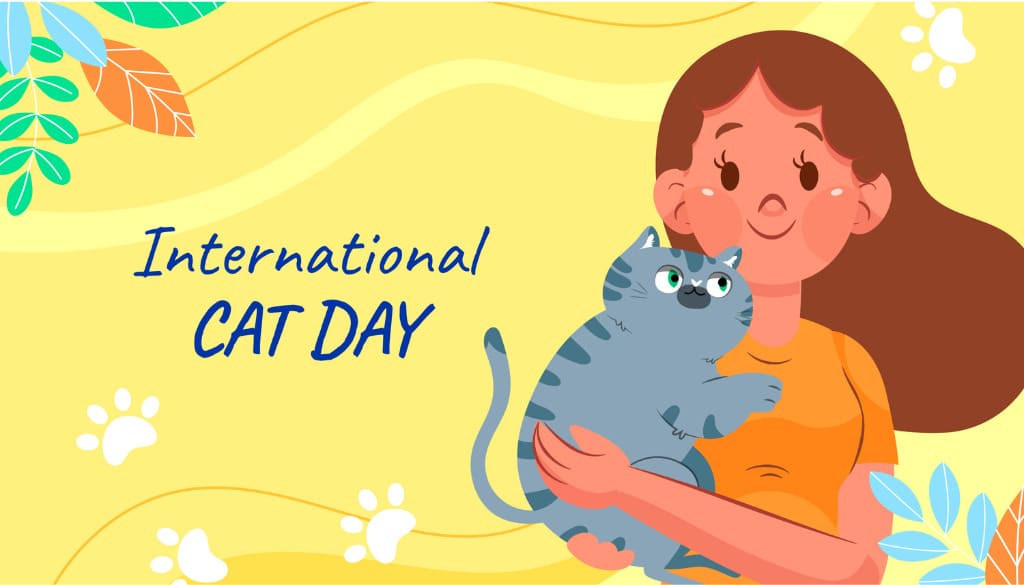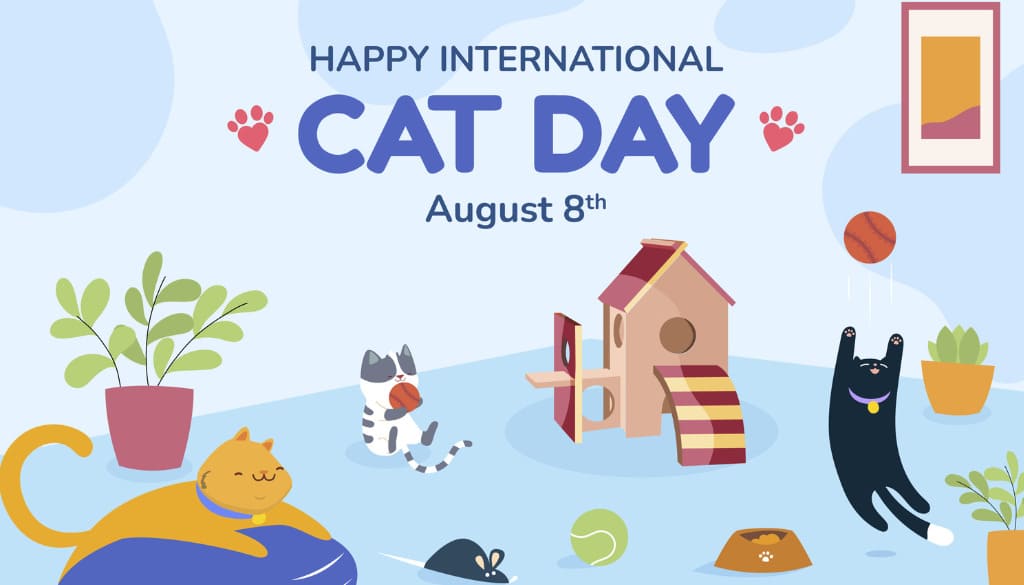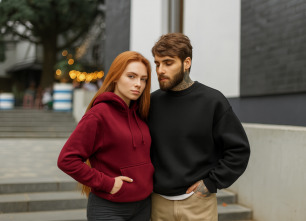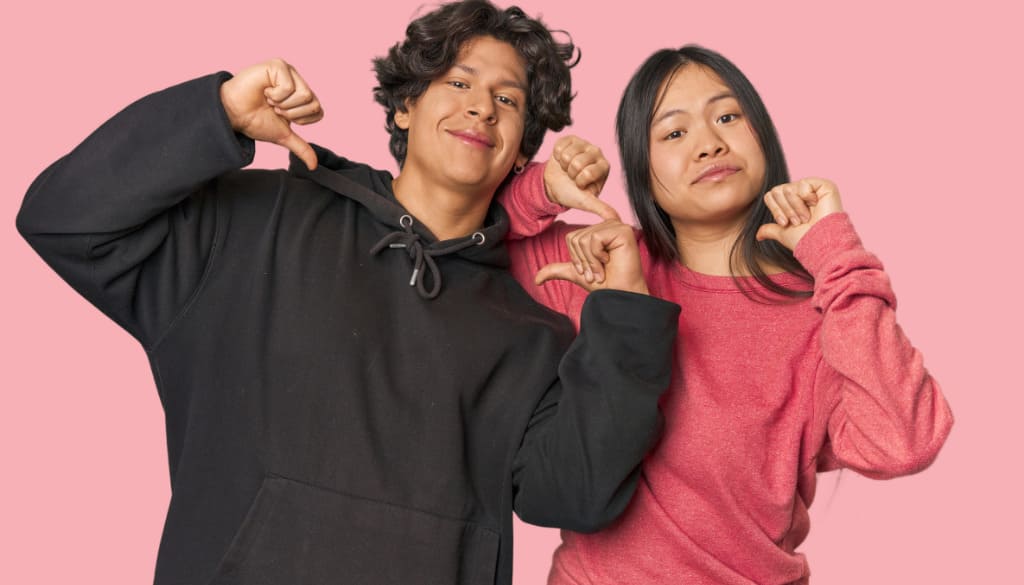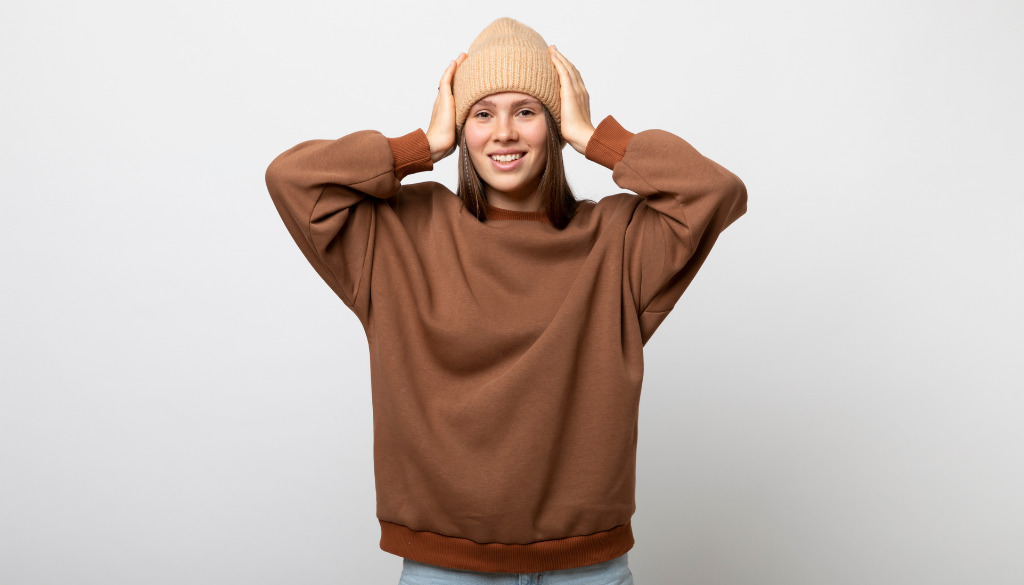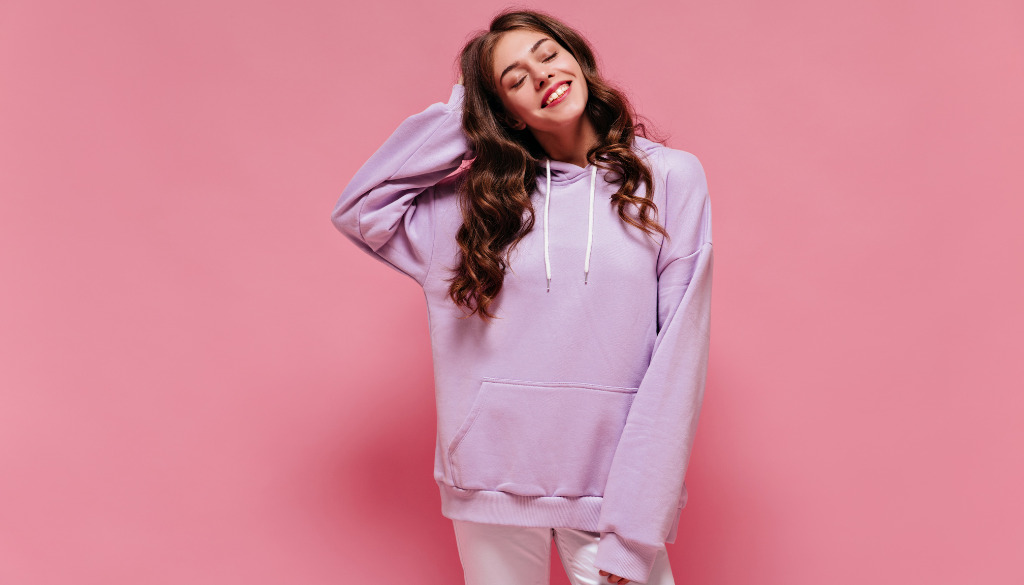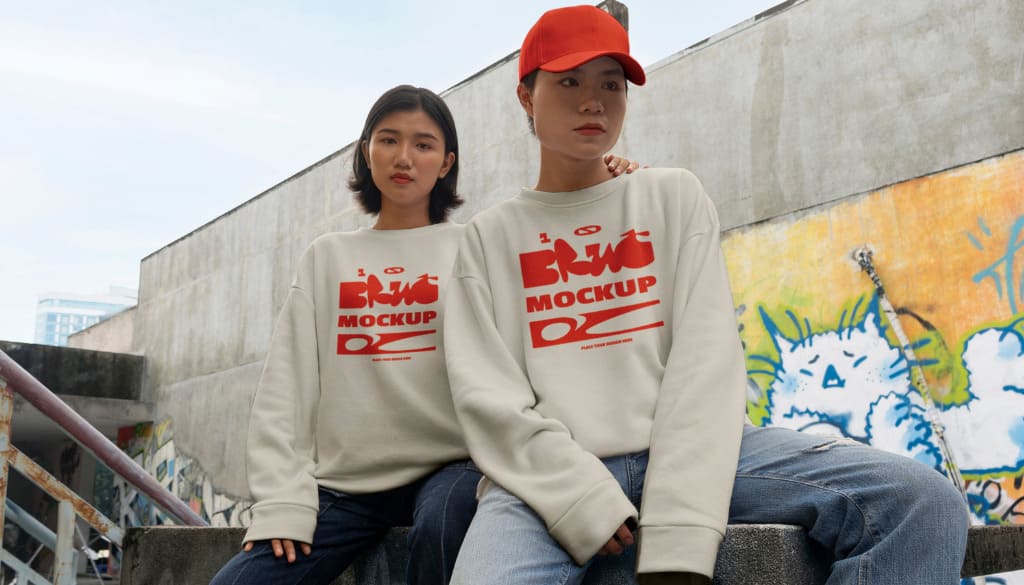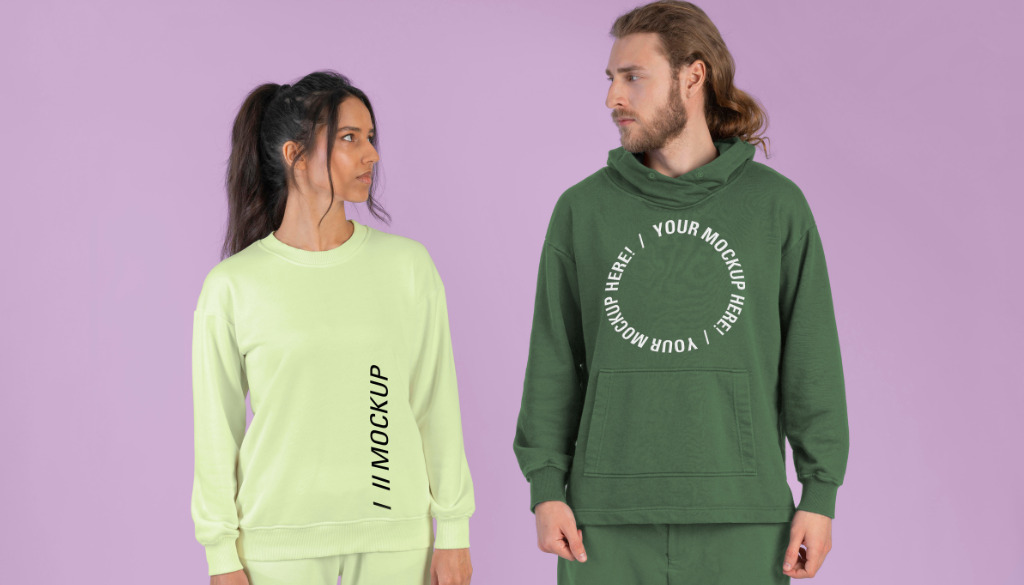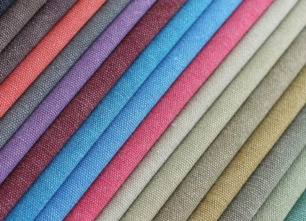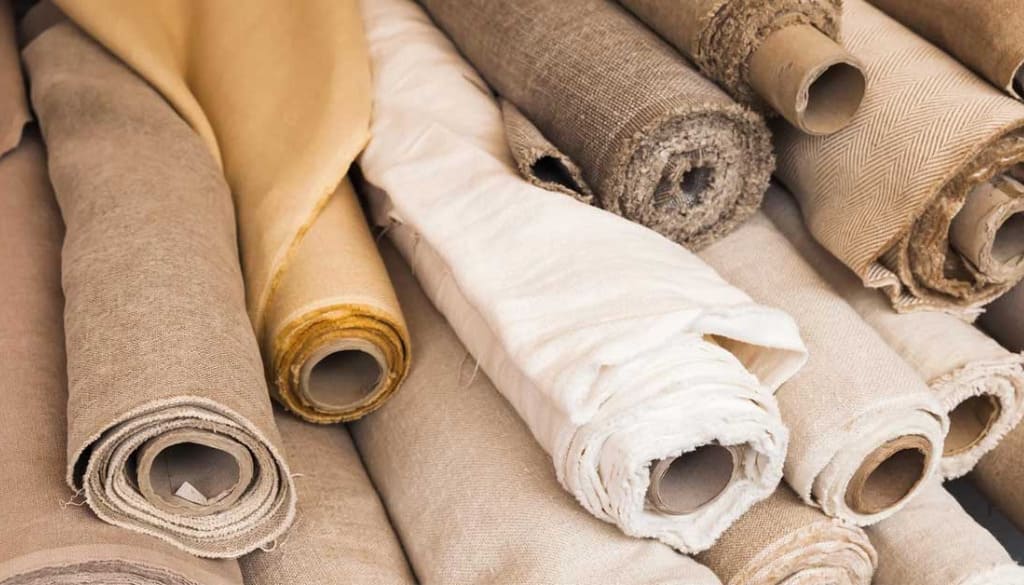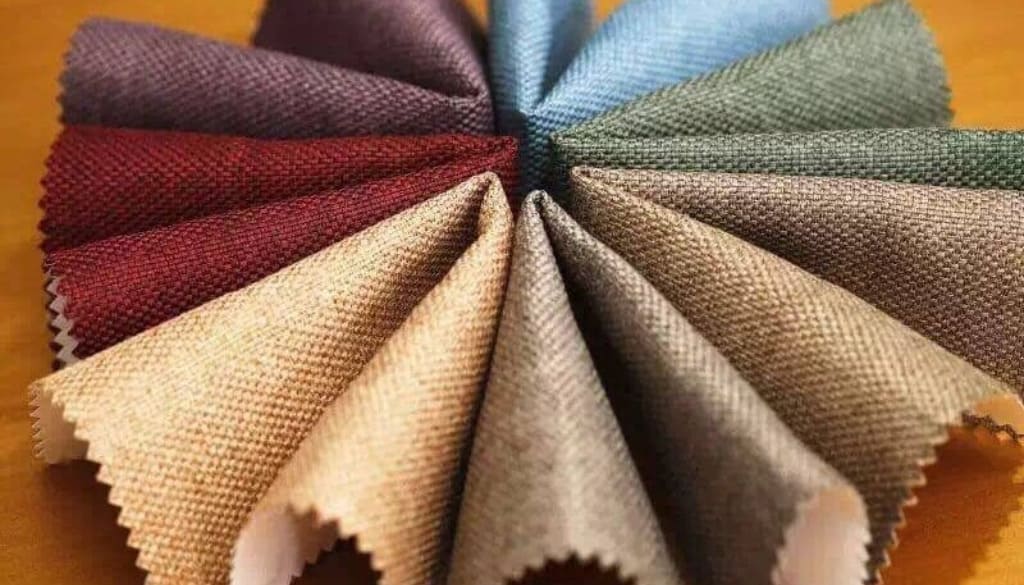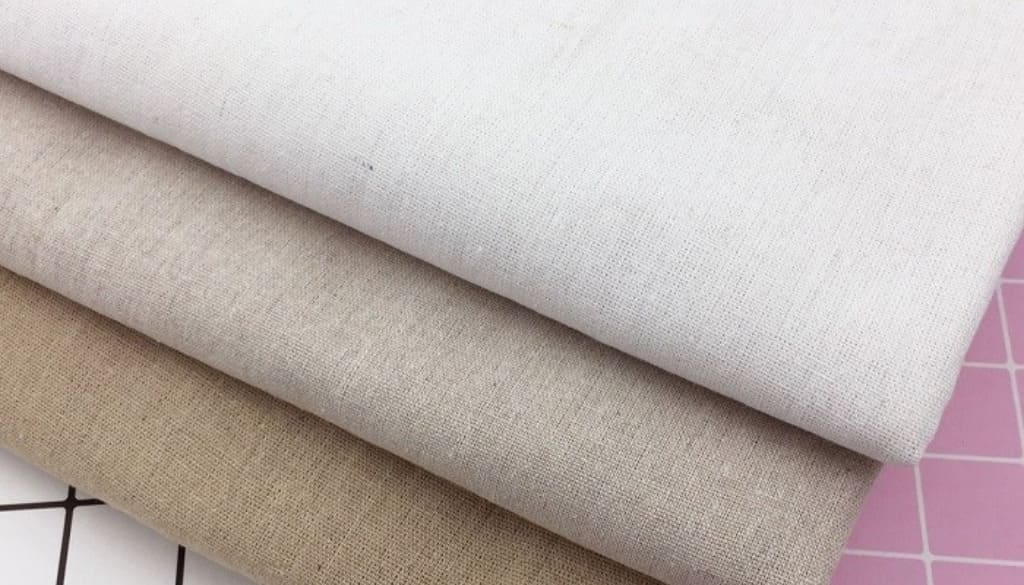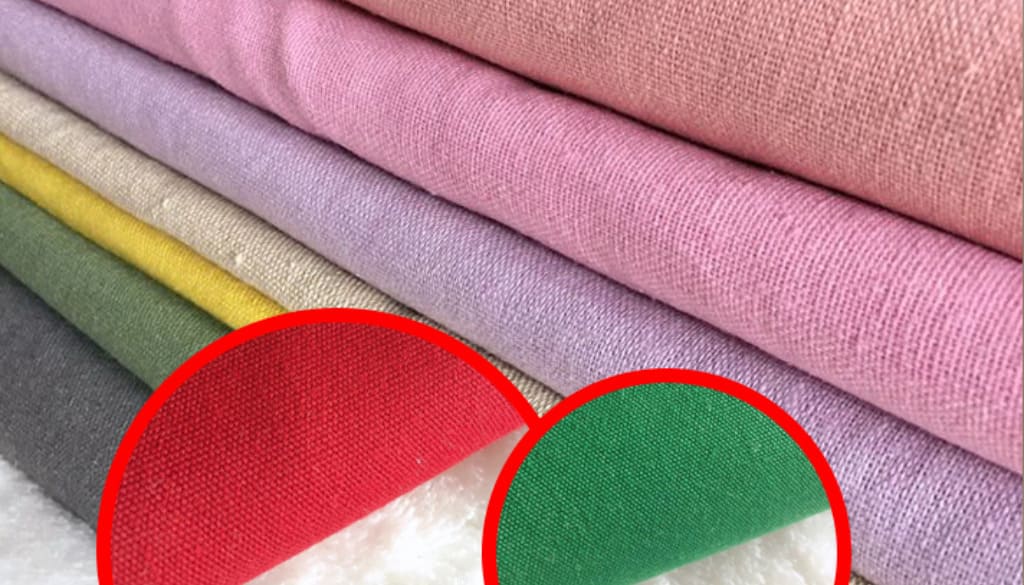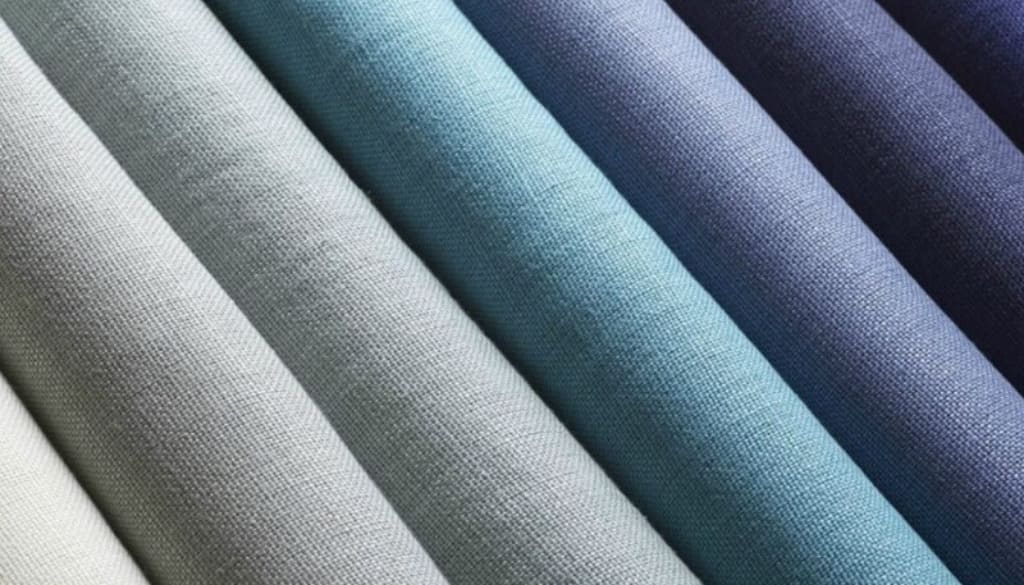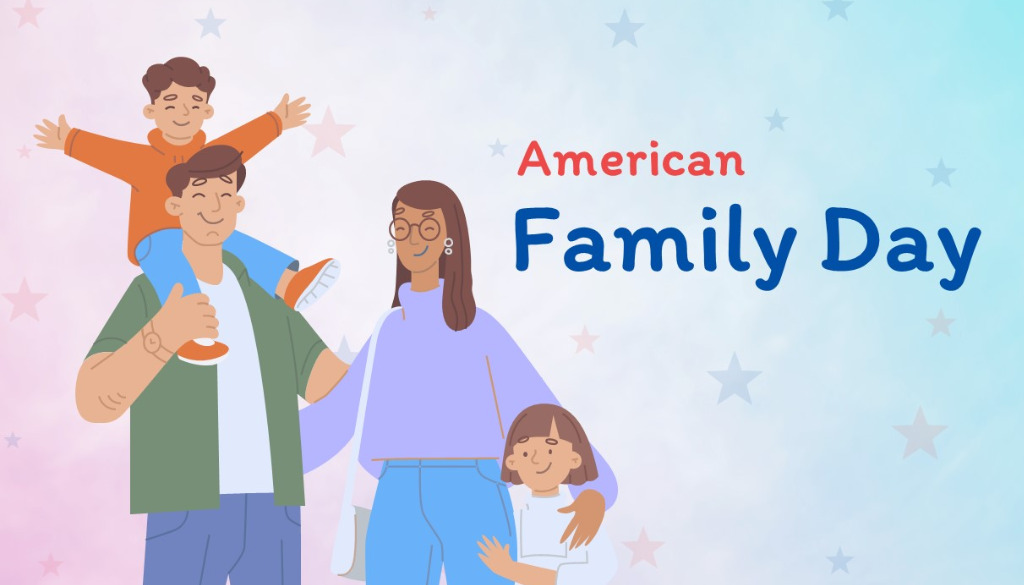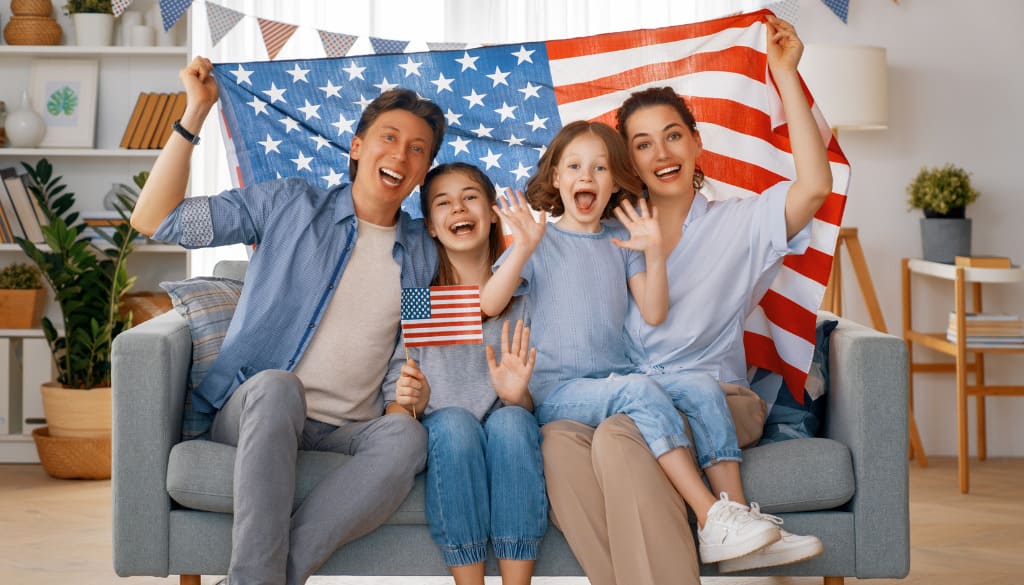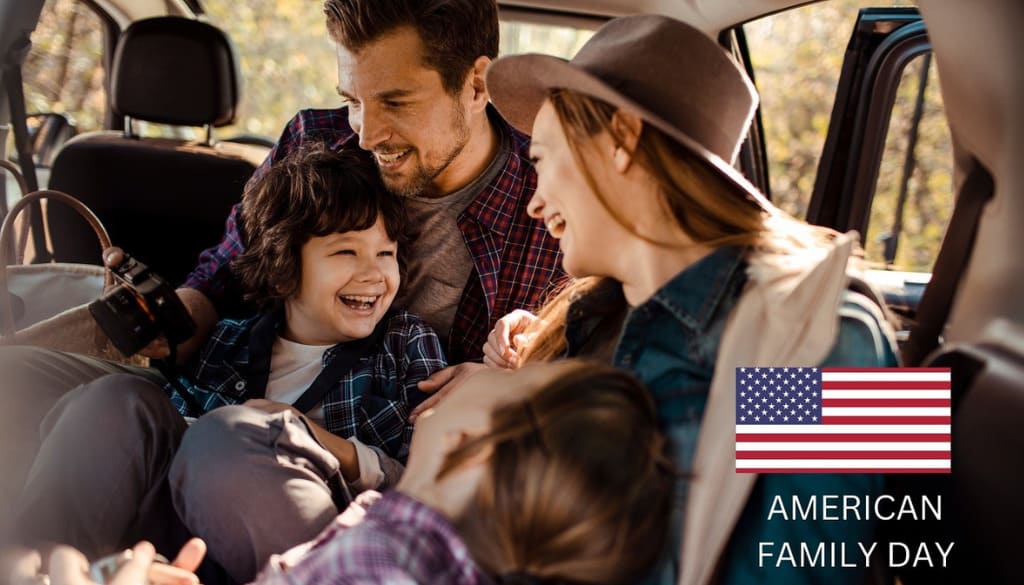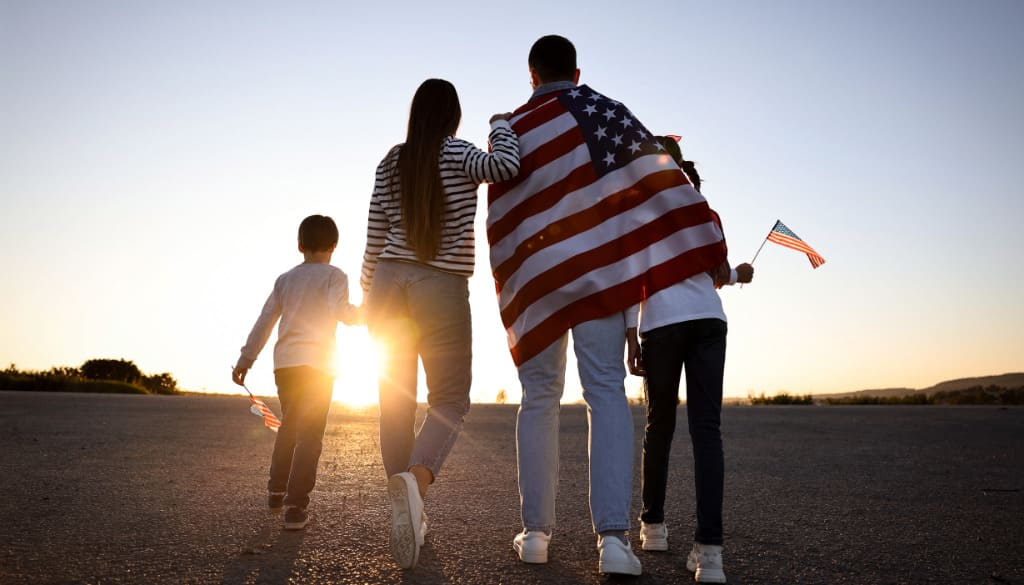The Print on Demand (POD) industry is rapidly growing due to unlimited creativity and increasing demand for product personalization. Among various methods, digital printing on T-shirts has become a popular choice among sellers, especially on platforms like FlashShip, thanks to its speed, convenience, and cost-effectiveness. This article will provide POD sellers with essential knowledge about digital print shirt design, tips on creating appealing products, and important considerations when submitting designs to printing providers.
Introduction to Digital Printing on T-shirts
Digital printing (Direct to Garment or DTG) is a modern printing method that uses specialized inkjet printers to print designs directly onto fabric surfaces. Unlike traditional methods such as screen printing, which require stencil creation and multiple processing steps, digital printing operates similarly to an office printer—but on a larger scale and specifically designed for fabric.
Important Factors in Digital Print Shirt Design
To successfully create digitally printed T-shirts, design plays a decisive role. Sellers should pay close attention to the following key factors:
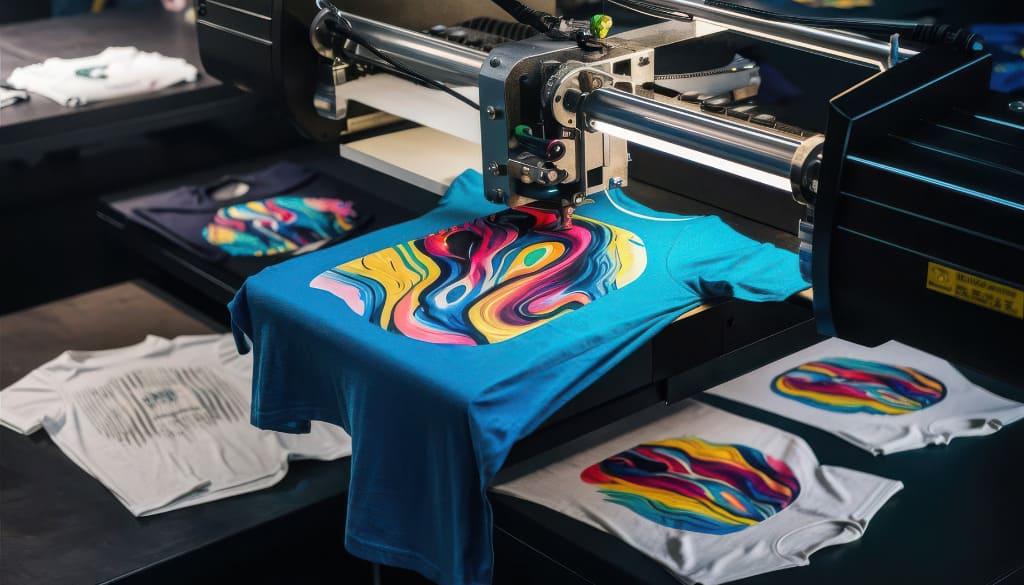
Design File Quality
The quality of your design file is the first and most critical element in digital printing. Ensure your design file has a minimum resolution of 300 DPI (dots per inch). This resolution is high enough to produce sharp, clear images, preventing common issues such as pixelation or blurriness when printed onto fabric. Ideal formats commonly used in digital printing include PNG, TIFF, EPS, or PSD. These formats excel at preserving image quality, support accurate color reproduction, and are optimal for printing providers to handle, thus enhancing the quality of the final product.
Color and Color Systems
Color is essential in digital T-shirt design because it directly impacts visual appeal and customer satisfaction. An important consideration for POD sellers is that digital printing uses the CMYK color system, not RGB, which is typical for digital screens. To avoid color discrepancies between your digital design and the printed product, designers must convert their files from RGB to CMYK before submitting them to printing providers. This ensures the colors printed on the T-shirt closely match the original design intent, boosting customer satisfaction and confidence in your product.
Selecting the Appropriate Shirt Color
Choosing the right T-shirt color significantly contributes to the success of a digitally printed product. The shirt’s color serves as a background that highlights the printed image, directly influencing contrast and visual appeal. A beautiful design printed on an inappropriate shirt color may reduce aesthetic value, causing the image to appear dull or indistinct. Therefore, POD sellers should carefully select shirt colors that best complement their design’s color scheme and style. Ensuring optimal contrast between the shirt color and printed design helps your products stand out and become more visually appealing to customers.
Print Size and Placement on the T-Shirt
Print size and placement on the T-shirt should also be carefully considered by POD sellers. Even an attractive design may lose its appeal if printed in an incorrect location or if the size is too large or too small, affecting the overall aesthetic and user experience. POD sellers should clearly identify popular placement options such as centered chest, front chest, back, or sleeve prints tailored to their target customer groups. Selecting a balanced print size that suits both the T-shirt type and form is crucial. Such balance not only enhances the product’s aesthetic appeal but also ensures customer comfort and confidence when wearing the shirt, thereby increasing satisfaction and enhancing brand recognition.
Pros and Cons of Digital Print Shirt Design
Every printing technology has its own advantages and disadvantages. Clearly understanding these will help sellers make suitable decisions for each business campaign.
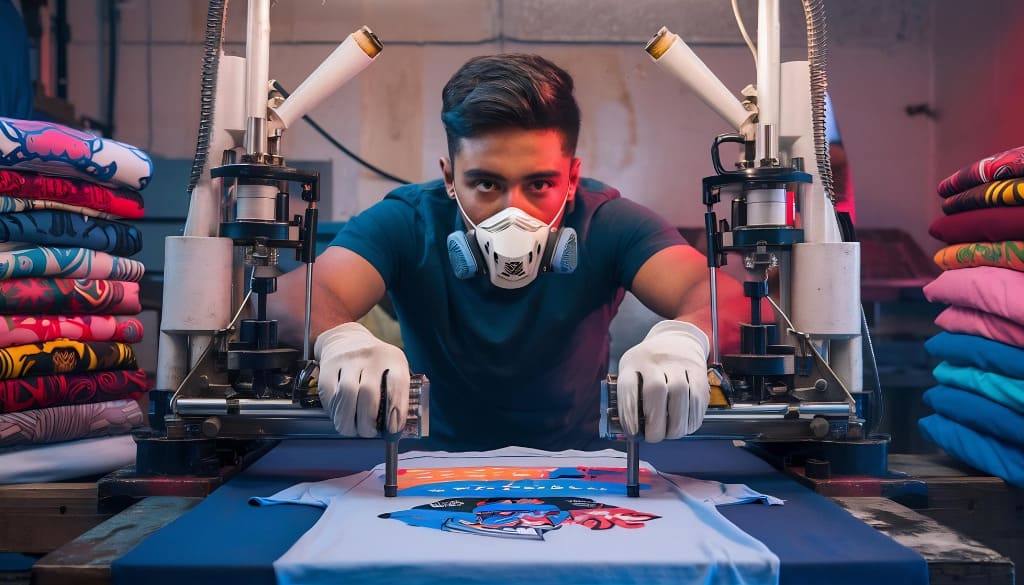
1. Advantages
- High Detail Reproduction: DTG can reproduce extremely fine details and smooth color transitions, ideal for complex designs like paintings, portraits, or graphic artworks.
- Design Flexibility: No color limitation allows sellers unlimited creativity without concerns about additional costs.
- Quick Prototyping: Creating new T-shirt samples becomes quick and easy with DTG, making it perfect for testing trendy new designs.
- Soft to the Touch: DTG inks penetrate directly into the fabric fibers, avoiding the heavy, stiff feel common with screen printing, providing comfort when worn.
- Less Waste: DTG printing has no minimum quantity requirement, reducing the risks of inventory surplus and product waste.
2. Disadvantages
- Higher Cost Per Product: Compared to screen printing, DTG printing costs per unit can be higher, especially when producing in large quantities. However, for POD business models, this cost remains reasonable.
- Color Durability: Although modern DTG inks have significantly improved, their color durability may still lag behind screen printing on certain fabric types. Proper care (washing cold, inside-out) is necessary for maintaining print longevity.
- Fabric Limitations: DTG works best on 100% cotton or high-cotton blend fabrics (at least 80% cotton). Synthetic fabrics like polyester may yield poorer results.
- Color Visibility on Dark Shirts: Although a white underbase helps enhance color visibility, prints on dark shirts may sometimes appear less vibrant compared to prints on lighter fabrics.
Suggested Trending Design Ideas for Digital T-Shirt Printing
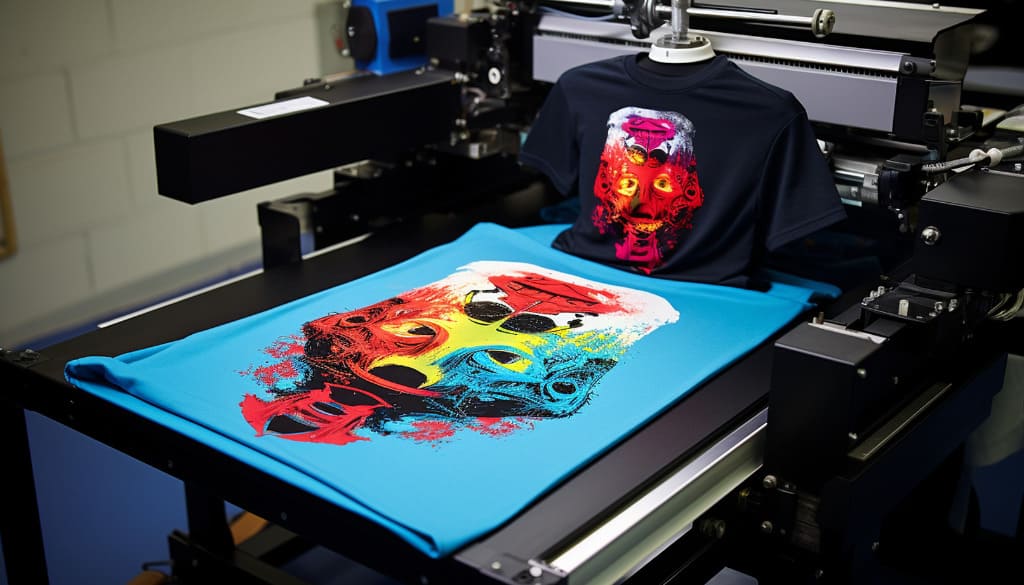
Creativity is limitless, but capturing current trends will help your designs appeal to more customers. Here are some popular DTG design suggestions:
- Minimalist Style: Minimalist designs featuring a single phrase, small shape, or simple icon always have unique appeal, offering a sleek, modern look that’s easy to style.
- Example: A short inspirational quote, a small logo placed subtly on the left chest, or an elegant line-art illustration.
- Typography Designs: Typography is an evergreen trend. Sellers can create distinctive designs by combining various fonts, arranging text creatively, or using trendy catchphrases.
- Example: Humorous or satirical quotes, famous song lyrics, or bold expressions reflecting personality.
- Retro and Vintage Designs: Retro and vintage styles are making a strong comeback. Designs inspired by the 80s and 90s, with nostalgic color palettes, classic fonts, and grunge textures, will attract customers seeking uniqueness.
- Example: Designs featuring distressed effects, faded color schemes, and elements inspired by cassette tapes or retro gaming devices.
- Niche-Based Designs: Focusing on specific niches helps target exact customer segments. Research your audience’s interests and passions to tailor designs effectively.
- Example: Niches related to pets (dogs, cats), sports activities (gym, yoga), specific professions (doctors, teachers), or particular hobbies (reading, fishing, gaming).
- Artistic and Complex Graphic Designs: This is a strength of digital printing. Hand-drawn artwork and detailed, vividly colored graphic pieces can be perfectly reproduced on fabric.
- Example: Illustrated mythical creatures, digital landscape paintings, or intricate geometric patterns.
Important Notes When Submitting Designs to a POD Printing Provider
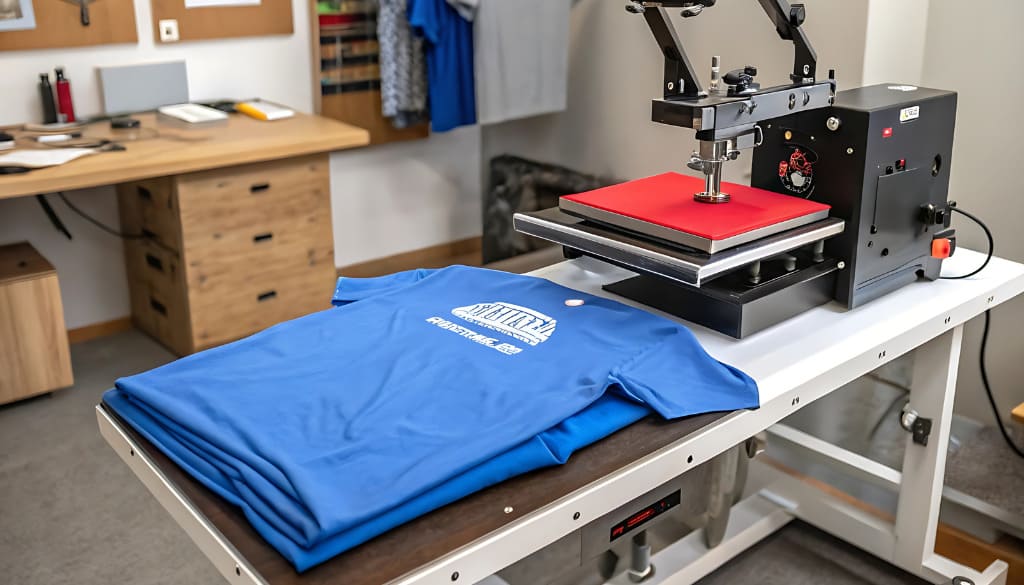
Once you’ve created a perfect design, properly submitting your file ensures the highest quality final product.
- Clear File Naming: Clearly and professionally name your file (e.g., ProductName_DesignID_Size.png). This helps the printing provider easily manage your files and prevents confusion.
- Prepare the Design File According to Requirements:
- Transparent Background:
Always save your design as a PNG file with a transparent background. This ensures only your intended design details appear, without unwanted white or colored backgrounds. - Remove Hidden Layers:
Make sure all hidden or unnecessary layers are deleted from your design file to avoid any errors during printing. - Color Space:
Adhere strictly to the printing provider’s color-space guidelines (usually RGB). - Resolution and Dimensions:
Double-check the resolution (300 DPI) and actual dimensions of your design before submission.
- Transparent Background:
- Use Product Mockups: Use mockups provided by FlashShip to preview your design on the product. This allows you to visualize placement, size, and color accurately, enabling adjustments before printing.
- Communicate with the Printing Provider: If you have any questions or concerns regarding technical requirements, don’t hesitate to reach out to FlashShip’s support team. They will help ensure your design file meets the highest standards.
Digital T-shirt printing design is a powerful tool that enables POD sellers on FlashShip to create unique products and stand out in a competitive market. By mastering design-file quality guidelines, selecting suitable designs, and strictly following submission requirements, you can effectively turn your creative ideas into high-quality T-shirts, captivate customers, and build a successful POD brand.
Start today and discover the unlimited potential of digital printing technology!
Please learn more:
